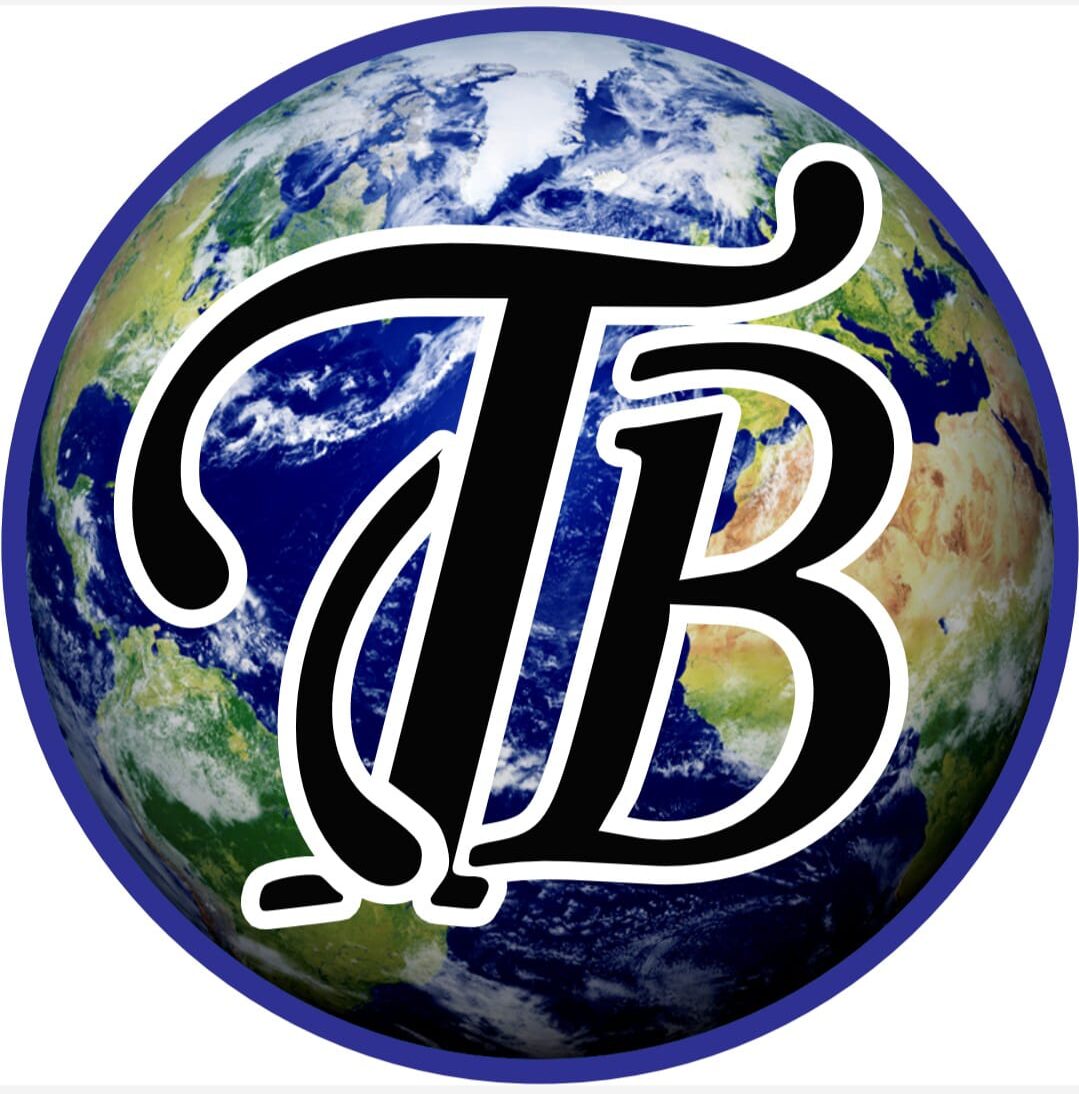What is Organic Cotton IC2 & IC3

Organic cotton production is an agricultural system in which farmers sow, grow, and harvest cotton without the use of synthetic toxic pesticides, fertilizers, and genetic modification in seeds. This system is adopted to preserve the natural fertility of the land and promote sustainable farming practices. Organic products are also beneficial for end-users, as they help retain good health by reducing exposure to harmful chemicals.
Understanding IC2 and IC3 Organic Cotton Stages
IC2 and IC3 refer to different stages of organic cotton cultivation:
- IC2 (In Conversion 2): This stage denotes the second year of transitioning from conventional to organic farming practices. During IC2, the land is being cultivated using organic methods, but it hasn’t completed the required three-year period for certification. Cotton produced during IC2 is not fully certified as organic but is grown using organic practices. Importance of IC2:
- Sustainability Transition: It marks a crucial phase where farmers shift from conventional to organic methods, reducing reliance on synthetic inputs and promoting sustainable agricultural practices.
- Environmental Impact: IC2 cotton reduces chemical usage, minimizes environmental harm, and fosters soil health and biodiversity.
- Market Entry: While not certified organic, IC2 cotton can enter markets where there’s demand for transitional or partially organic products.
- IC3 (In Conversion 3): This stage represents the third year of transitioning to organic farming. By IC3, the land has undergone three years of organic cultivation, meeting the prerequisites for organic certification. Cotton produced during IC3 is closer to achieving full organic certification. Importance of IC3:
- Certification Preparation: IC3 signifies the final stages before full organic certification. The cotton cultivated here adheres strictly to organic practices, readying the farm for certification.
- Market Demand: IC3 cotton often fetches better prices as it’s closer to full organic certification. Many buyers are willing to support farmers in this transition phase.
- Sustainability Milestone: Achieving IC3 demonstrates a commitment to sustainable agriculture and signals to consumers and the market about the impending availability of fully certified organic cotton.
Both IC2 and IC3 stages are pivotal in the organic cotton supply chain, contributing to the shift towards sustainable farming practices and catering to consumer demand for environmentally friendly products.
Regulation and Certification Bodies for Organic Cotton IC2 & IC3
To ensure the integrity of organic cotton production, several certification bodies exist worldwide. These organizations help regulate the organic production system and issue certificates that guarantee strict adherence to defined procedures. Two major authorities in this field are the Organic Content Standards (OCS) and the Global Organic Textile Standards (GOTS). They monitor the entire process, from in-conversion fiber to the final product, to ensure compliance with organic standards. Moreover, these authorities also oversee the proper certification and documentation of all transactions involved. Transaction certificates (TC) and scope certificates (SC) are provided as evidence of compliance.
More About In Conversion Cotton
IC2 and IC3 refer to the transitional period when cotton is being converted to organic cultivation. The term “IC” stands for “In Conversion.” IC2 indicates a two-year conversion period, while IC3 denotes a three-year conversion period. The duration of this transitional phase varies across different regions. For example, in Europe, the transitional period is typically 24 months, while in the United States and India, it extends to 36 months.
Promoting In-Conversion Cotton
By doing so, they can provide incentives and support to farmers, thereby promoting and enhancing organic cotton production. Farmers incur additional costs when growing organic cotton, including production expenses, certification fees, and training to follow the complete set of procedures. By utilizing in-conversion cotton, stakeholders contribute to the financial sustainability of farmers and help them successfully transition to organic farming practices. This, in turn, further drives the expansion of organic cotton production and its positive environmental impact.
